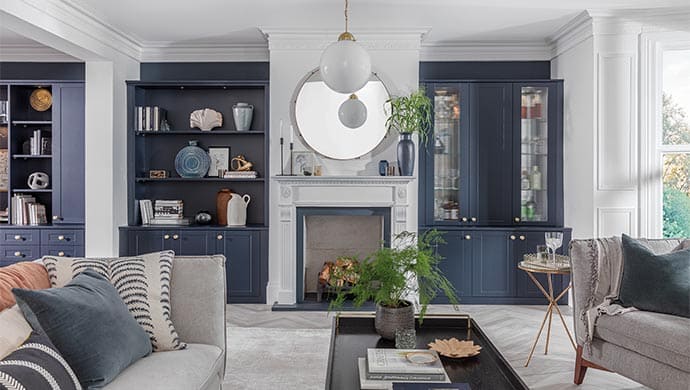Introduction
When it comes to designing or renovating a room, selecting the right materials can make all the difference between a space that feels ordinary and one that feels exceptional. From flooring to wall finishes, every material plays a role in setting the tone and functionality of your room. In this comprehensive guide, we’ll explore how to choose room materials that not only meet your practical needs but also impress aesthetically. Whether you’re revamping your living room, bedroom, or any other space, understanding the options available and their impact will help you make informed decisions that enhance both style and comfort.
1. Assess Your Space and Needs
Before diving into material choices, it’s crucial to assess the specific needs of your space. Consider factors such as the room’s function, the amount of natural light it receives, and the overall ambiance you want to create. For example:
- High-Traffic Areas: Choose durable materials like hardwood or engineered flooring that can withstand wear and tear.
- Moisture-Prone Areas: Opt for materials like ceramic tiles or moisture-resistant wall panels to handle humidity and spills.
2. Explore Flooring Options
The floor is the foundation of any room, and selecting the right material can dramatically influence the space’s look and feel. Here are some popular choices:
- Hardwood Flooring: Timeless and elegant, hardwood adds warmth and sophistication to any room. It’s perfect for living rooms and bedrooms.
- Laminate Flooring: An affordable alternative that mimics the appearance of wood or stone, laminate is durable and easy to maintain, making it suitable for high-traffic areas.
- Carpet: Soft and cozy, carpet is ideal for bedrooms and living areas where comfort is a priority.
3. Choose the Right Wall Finishes
Wall finishes not only affect the visual appeal but also contribute to the room’s overall atmosphere. Consider these options:
- Paint: A versatile and cost-effective choice, paint allows for endless color and finish possibilities. Opt for washable paints in high-traffic areas for easier maintenance.
- Wallpaper: With a range of patterns and textures, wallpaper can add depth and character to your walls. It’s a great option for accent walls or rooms where you want to make a statement.
- Wall Panels: Materials like wood, stone, or metal panels can add texture and sophistication, creating a focal point in any room.
4. Select Functional and Stylish Furniture
Furniture not only needs to complement your room’s aesthetics but also should be functional and comfortable. When choosing materials:
- Wood: Classic and versatile, wood furniture can range from rustic to modern styles.
- Upholstery: Fabrics like leather or microfiber offer different levels of durability and comfort. Consider the room’s use when choosing upholstery materials.
- Metal and Glass: For a sleek and contemporary look, incorporate metal and glass elements in furniture pieces.
5. Incorporate Textiles and Accessories
Textiles and accessories play a significant role in adding warmth and personality to your room. Look for:
- Rugs: Area rugs can define spaces and add color or pattern to your flooring. Choose materials that are easy to clean and complement your room’s style.
- Curtains: Fabric type and color can impact light control and privacy. Opt for materials that enhance the room’s ambiance while being practical.
Conclusion
Choosing the right room materials involves balancing aesthetics with functionality. By carefully considering your space’s needs and the various material options available, you can create a room that is not only visually stunning but also practical and comfortable. From flooring and wall finishes to furniture and accessories, each material plays a crucial role in shaping the overall ambiance of your space. Armed with this guide, you’re now equipped to make informed decisions that will leave a lasting impression on anyone who steps into your beautifully designed room.


